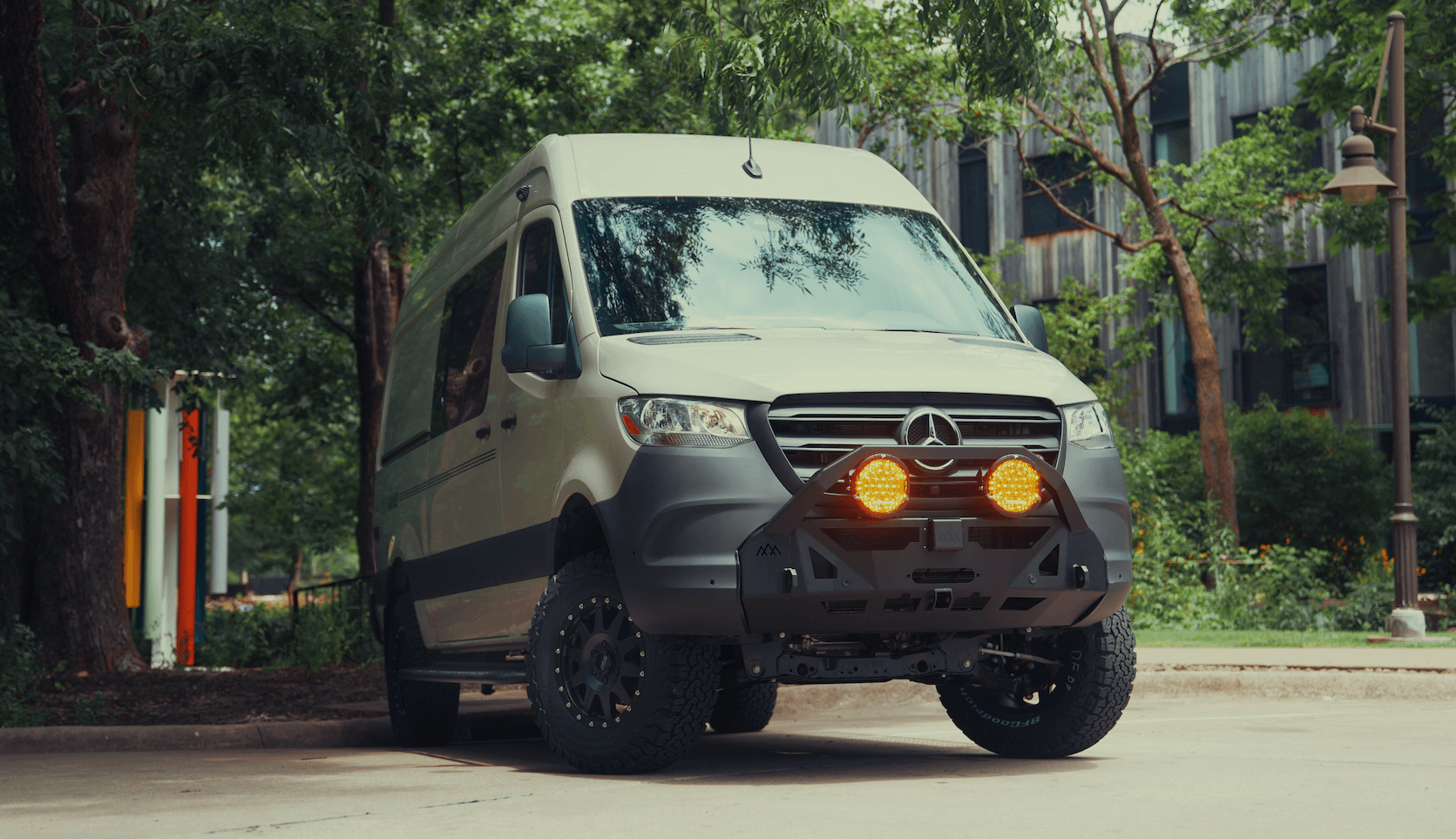Recreational Vans

Norway’s fjords stretch from Rogaland in the south to the deep inlets of western Norway and up toward the dramatic coast beyond Trondheim. The classic introduction is Sognefjord, the longest and deepest. Hardangerfjord feels fruit laden and pastoral in spring, while Geirangerfjord delivers amphitheater cliffs, waterfalls, and switchbacks within a compact area. Nærøyfjord, a slender arm of Sognefjord, rewards slow travel with quiet water and steep walls that feel almost theatrical.
A workable loop starts in Bergen or Ålesund and strings together two or three fjords rather than chasing everything. Norway Scenic Routes help you connect the dots. Trollstigen opens when snow recedes, revealing hairpins and viewpoints carved into the mountain. The Atlantic Ocean Road skims islets with low bridges and sea spray. Lærdal Tunnel links valleys with the longest road tunnel in the world, a relief when mountain passes are closed.
Ferries are part of the journey, not a nuisance. Short crossings run like buses, and longer scenic ferries, such as Gudvangen to Kaupanger on the Nærøyfjord and Sognefjord corridor, act like slow cruises through grand scenery. If your rig is near length thresholds, check fares. A meter can nudge you into the next price band.
Season shapes everything. Late May through September brings open passes, frequent ferries, long daylight, and busy villages. Spring offers waterfalls thundering with snowmelt and blossoms around Hardanger. Late summer often brings calmer weather and berries along the trails. Shoulder months are quieter, but some mountain roads and campsites close. Winter shifts the focus to coastal towns and lowland scenery, and driving requires proper tires and patience.
Norway’s outdoor tradition centers on the right to roam. This right mainly applies to tents on uncultivated land, away from homes. For campervans, you must obey parking rules. Do not drive or park off road on meadows or shorelines. In many places you can sleep in your vehicle where parking is explicitly permitted and where there are no overnight bans. Give homes a wide berth, keep noise down, and leave no trace.
Campsites are plentiful and well maintained. Most offer electric hookups, kitchens, showers, and laundries. They also serve as reliable places to empty tanks and refill freshwater. Municipal and highway service points help with dumping and water, though hours can vary. In summer, popular fjordside sites near Geiranger, Flåm, and Odda fill quickly. Book ahead if you prefer a specific view, or arrive earlier in the day to increase your chances.
Norwegian roads are narrower than you might expect. Drive unhurriedly, keep to limits, and use pullouts to let others pass. Speed cameras are common. Tolls are automated with AutoPASS, which you can register for in advance to simplify billing and sometimes receive discounts. Ferries accept cards, but always verify schedules during shoulder seasons and note that wind or swell can cause short delays on coastal routes.
Weather changes quickly along the fjords. Pack layers, a breathable rain shell, and warm sleep systems. Nights can be cool even in July, particularly in valleys where cold air sinks. Bring insect repellent for sheltered areas near water. Electricity in campsites typically uses blue CEE plugs, common in Europe. Many travelers carry adapters, a long shore power cord, and a surge protector.
A ten day exploration can feel rich without rushing. Start in Bergen for colorful Bryggen wharf and a short funicular ride to overview the archipelago. Move east to Hardangerfjord for orchards, cider farms, and a hike to Vøringsfossen viewpoints. Continue toward Sognefjord with a detour through the Aurlandsfjellet Scenic Route, stopping at Stegastein for a view that drops to turquoise water. Consider the historic Flåm Railway for a day off driving while still absorbing fjord landscapes.
Push north to Geiranger and drive Eagle Road and Ørnesvingen for that balcony perspective. Take a morning ferry to watch the Seven Sisters cascade as sun reaches the cliffs. If weather holds, link Trollstigen for the iconic hairpins. From there, reach the Atlantic Ocean Road near Kristiansund to watch winter swells or summer sparkle, both memorable in very different ways.
Interleave active days with slow ones. Kayak when winds are calm, hike early to avoid mid day heat on exposed trails, and save museum or bakery time for wet spells. Groceries are reliable across towns, but Sunday hours can be limited in rural areas. Fuel is frequent along main corridors, yet top up before remote detours.
When fjord roads tighten and weather swings from drizzle to sun, a thoughtfully built van changes the entire experience. Insulation keeps nights calm. A quiet electrical system powers heaters, fridges, and laptops without constant shore power. Modular storage swallows wet layers, camera gear, and groceries from the last village for a few days of freedom between towns. Length and height choices influence ferry fares and parking ease, so a balanced footprint pays dividends in Norway.
OZK Customs builds adventure vans that fit real travel, from compact platforms that slide into tight ferry lanes to family layouts that still handle village streets. For inspiration or to start the conversation, explore our recreational vans, see how a custom build van comes together, or review financeable platforms if you need a specific base vehicle. Tell us your route, season, and must do activities. We will map a layout, power system, and storage plan so your Norway journey feels smooth from the first ferry to the last viewpoint.
Share your trip goals and desired timeline, and we will propose a build that suits fjord country. OZK Customs specializes in complete custom vans and partial upfits for adventure travel. We craft practical layouts, integrate reliable power, and deliver a handoff experience that prepares you for real miles.
Ready to build a fjord-ready camper? Tell us how you travel, and OZK Customs will design a quiet, efficient van with the power, storage, and insulation to thrive in Norway’s changing weather. Share your timeline and must-haves, and we will return a custom spec and build path.
ADDRESS:
6159 E Huntsville Rd, Fayetteville, AR 72701
PHONE:
(479) 326-9200
EMAIL:
info@ozkvans.com